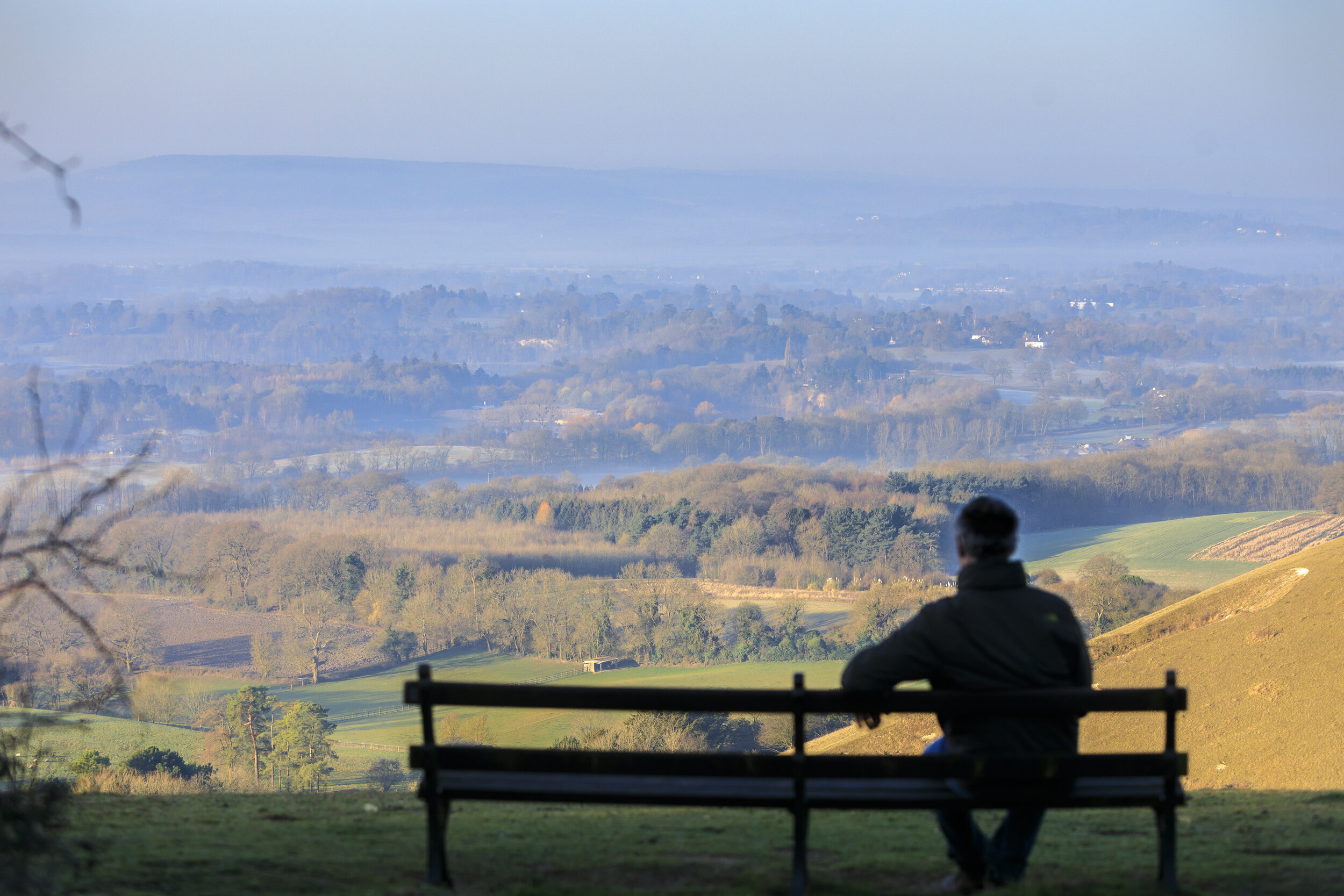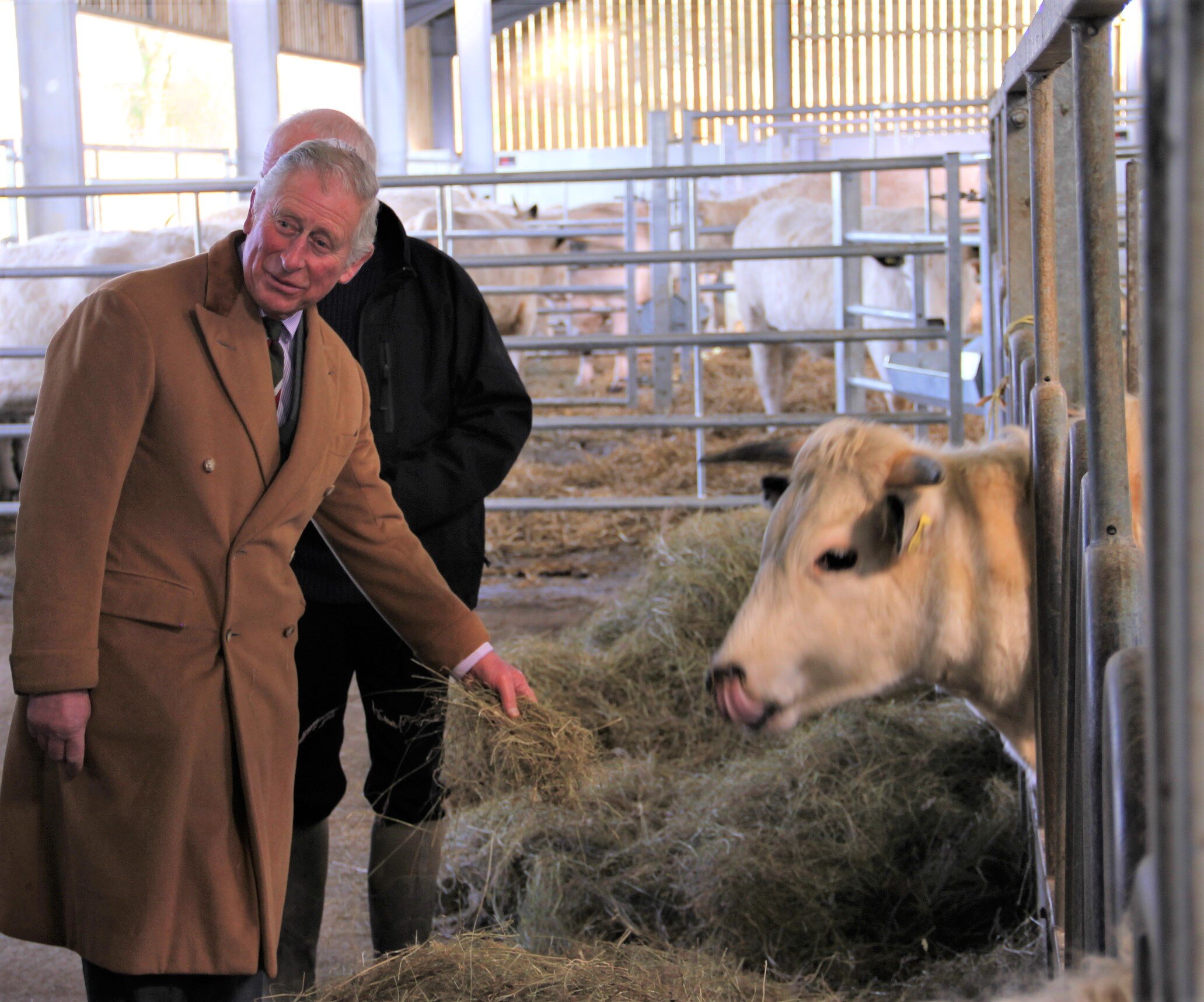125 years of the National Trust

There is no doubt that nature has provided us with much solace throughout the ongoing pandemic.
Over recent months we have taken to our gardens in droves, flooded local parks and flocked to beauty spots across the country, so it seems rather apt that 2020, for all its flaws, also marks the 125th anniversary of the National Trust.
Over a century ago, the Trust was founded with just 100 members; today there are close to 6 million, as well 65,000 volunteers and 14,000 staff, all united in the Trust’s mission to ‘protect and care for special places, so that people and nature can thrive for generations to come’. Today, it looks after 250,000 hectares of farmland, 780 miles of coastline and 500 historic properties, gardens and nature reserves, which range from iconic natural heritage sites such as the Giant’s Causeway, Snowdonia and the White Cliffs of Dover, to entire villages, pubs, a Regency playhouse and even the childhood homes of The Beatles. Unbeknownst to many, what is today Europe’s largest conservation charity was the brainchild of just three passionate individuals…
Born in Cambridgeshire in 1838, Octavia Hill was a social reformer, artist and activist who worked tirelessly to protect green spaces and improve urban housing. After witnessing much of the industrialisation of London and time spent in bleak housing estates, Octavia became passionate about the need for open spaces for the urban masses; “a few acres where the hill top enables the Londoner to rise above the smoke, to feel a refreshing air for a little time and to see the sun setting in coloured glory…”. She firmly believed that without peace, beauty and open space, “…we cannot reach that sense of quiet in which whispers of better things come to us gently.’ Poignant words indeed, that seem just as relevant now as they must have done then.
Whilst campaigning to save London’s Swiss Cottage Fields from development, Octavia met Sir Robert Hunter, a solicitor for the Commons Preservation Society. Together they went on to campaign to preserve further open spaces across the capital, and were soon joined on their mission by Anglican priest, poet, local politician and conservationist Canon Hardwicke Rawnsley, who was renowned for his energetic efforts to improve life for working people and to make access to the countryside available to everyone.
On 12 January 1895 this dynamic trio founded the National Trust, so that green spaces could ‘be kept for the enjoyment, refreshment, and rest of those who have no country house’.
Within a few weeks of the Trust being registered, it was bestowed its very first place; five acres of cliff top at Dinas Oleu in Wales. Shortly after, in 1896, it purchased its very first property, Alfriston Clergy House in Sussex, for a mere £10. Initially, the Trust’s focus was on securing common land and landscapes in response to industrialisation, but after the Second World War its focus changed; at that time, one country house was being demolished every five days, and the threat of losing such an important part of cultural heritage went on to preoccupy the Trust for the next three and a half decades.
In the 1960s, it was the turn of coastline; over-development from industry and the growth of the seaside economy loomed, and so the Trust responded with its fruitful fundraising campaign, Enterprise Neptune. Today of course, a new set of threats has emerged; namely climate crisis and the catastrophic decline in the natural environment; it is these two realities that will shape the charity’s next chapter.
To mark this year’s big milestone, the Trust has committed to becoming carbon net zero (carbon neutral, or having a net zero carbon footprint)by 2030, planting and establishing 20 million trees to help tackle climate change, creating green corridors for people and nature near towns and cities, and continuing its investment in arts and heritage.
A celebratory anniversary garden party at none other than Buckingham Palace was planned for May, due to be hosted by the National Trust’s President, The Prince of Wales, but as with so many recent events, the pandemic sadly put a stop to such fun. Instead, the Trust created a ‘virtual tea party’, featuring a message of thanks from the Trust’s Director-General, Hilary McGrady and HRH Prince Charles, who in the recording says;
“As I think that the prevailing health emergency has shown us, the solace and inspiration of nature is utterly vital to our collective wellbeing. Watching the blossom unfurl from our window or listening to the magic of the rising dawn chorus reminds us that the natural world will still be there to welcome us all when this pandemic is over.”
Slowly but surely, the Trust has begun to reopen its doors for all to enjoy once more. Despite the trauma and challenges of the year so far it seems that there is still reason to celebrate; not only the past 125 years of this vital charity, but also the endurance and wonder of mother nature.
Published in the July 2020 issues of The Barnes Magazine, The Richmond Magazine, The Kingston Magazine and The Elmbridge Magazine, and online at Essential Surrey and SW London










